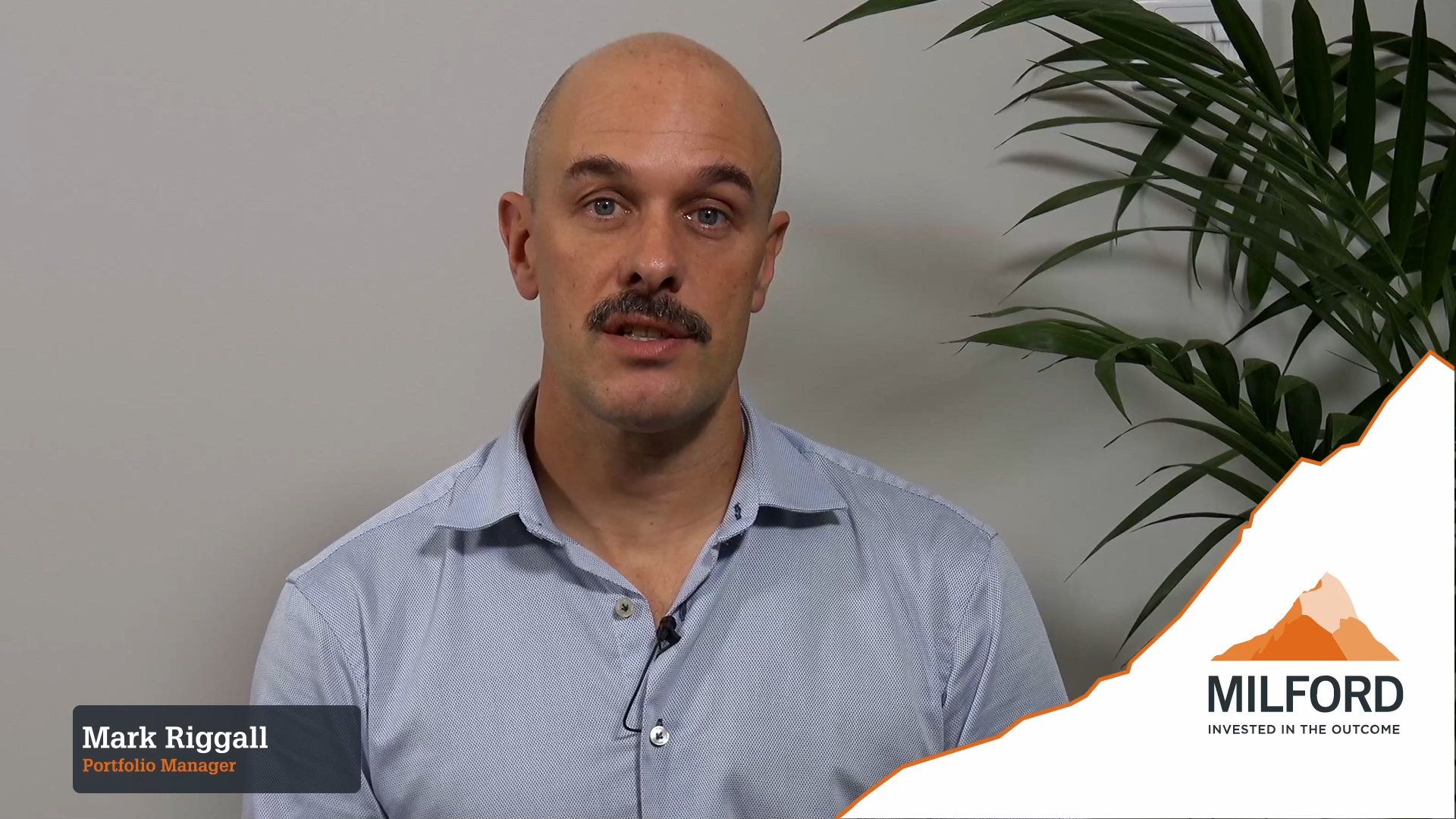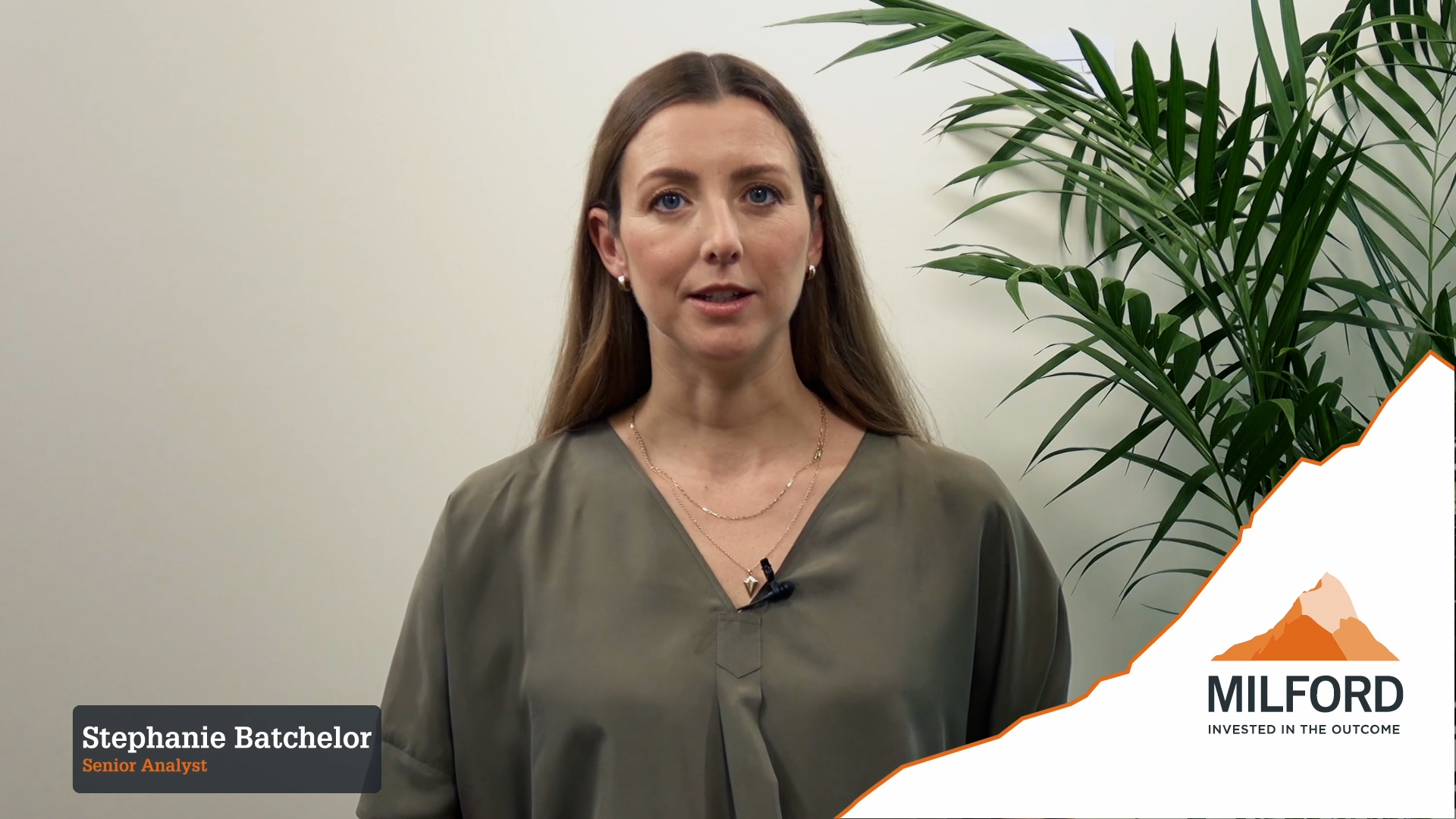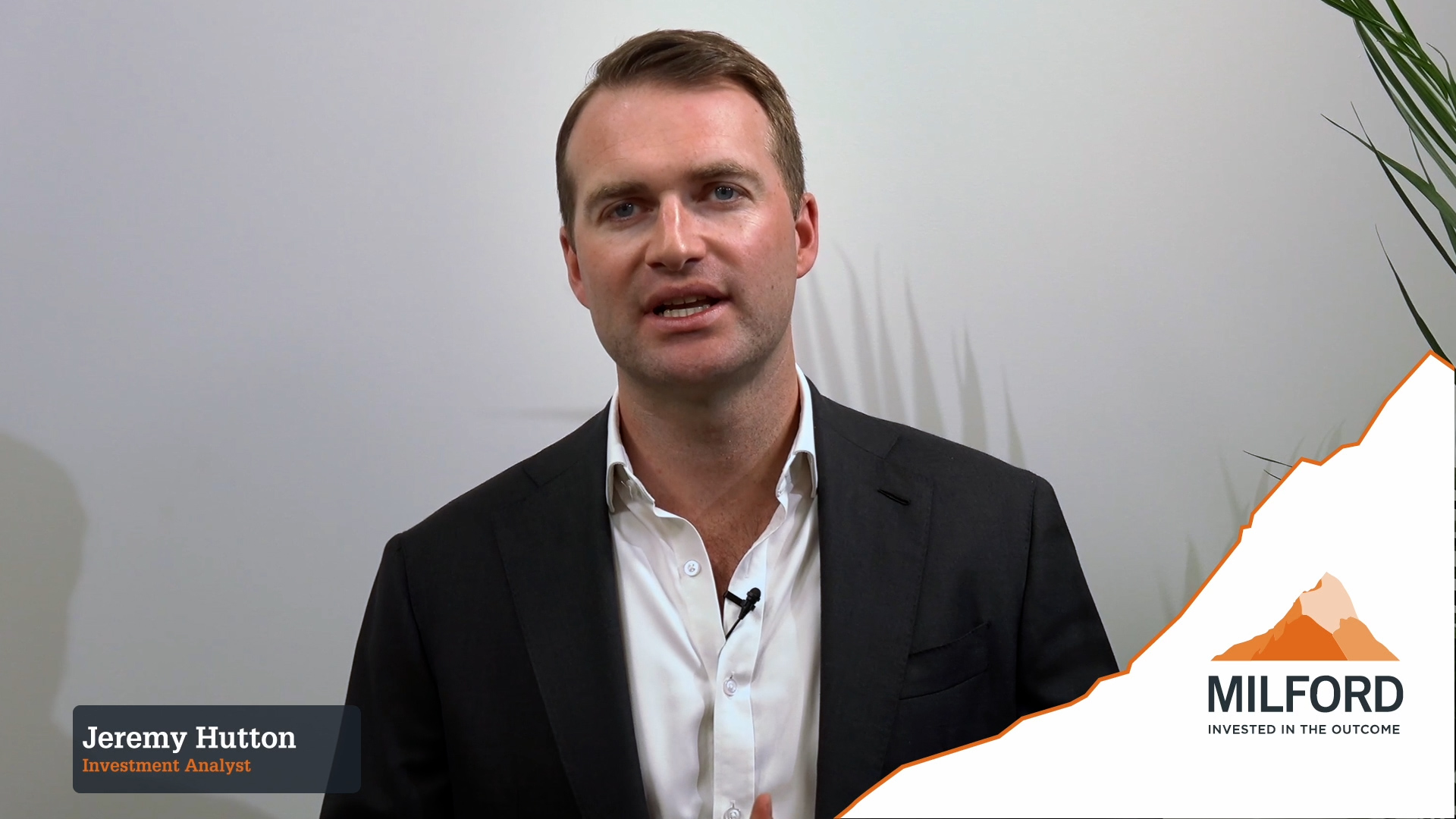China has always had its doubters, even though its economic achievement is indisputable. In four decades, close to 800 million people have been lifted out of poverty in China1 . The size of the middle class and the quality of infrastructure have all seen significant development, judging by GDP per capita metrics and on-the-ground observations. It has served investors well to keep an open mind on single-party, big governments, even if this is not the orthodoxy in the western world.
While many have questioned the rise in debt in the country and the recent downturn in property, the Chinese government can handle a financial crisis given its control over critical financial institutions and capital flows. There is a well-trodden path to managing bad debts (as the GFC and Greece have reminded us). A financial crisis would be painful but likely manageable.
Neither should one be overly concerned by Chinese economic growth this quarter. Prosperity measured by medium-term nominal GDP growth (in US dollar) matters, short term less so. China is a centrally planned economy that spends to maintain social stability and drive growth2. Government directed spending, such as infrastructure projects, can be ramped up at some point to lift activity to be respectably close to the target, which is said to be around 5.5% this year. If a problem can be solved with money, it is not a problem.
The issue is political.
A China solely driven by finance and what’s good for its pockets would be straightforward for investors to back; free trade would reign, and globalization would continue to benefit capitalists and consumers. Sadly, this is increasingly not the case.
The top two powers in the world grew further apart during the US-China trade war (2018).
Trade tariffs and President Trump’s ‘America First’ mantra further pushed the US towards a containment (rather than engagement) strategy on China. The tit-for-tat meant that the US and China are now more likely to take opposing views across a range of issues, an overt rivalry.
Meanwhile, President Xi Jinping managed to remove the two-term (10 year-) limit for the country’s top leadership post, following an anti-corruption drive that consolidated his power base. President Xi had strong, genuine support amidst rising nationalism as China regained its global status 150 years after the Opium Wars and the fall of the Qing Dynasty. There is no successor to Xi in the party line-up. Emperor Xi is ‘In’; collective leadership and dissent are ‘Out’.
Enters Omicron, an unexpected test of Beijing’s domestic narrative and the prioritization of politics over economics. Early in the pandemic, the suppression of the initial outbreak by lockdown in Wuhan, China, was rightly applauded as a victory for sacrificing individual freedoms for the greater good. At the same time, the US fumbled badly, with deaths per population far exceeding other first world countries in 2020. The Chinese media duly ran nationalistic videos of nurses, doctors, and Wuhan citizens emerging as national heroes. The ‘Zero COVID’ policy became engrained. Officials made the most of narratives on ‘prioritizing life’ and refusing to ‘lie flat/idle’, a quip aimed at the West that neither had the ability nor willingness to keep COVID out and save their people. For most of 2020-2021, citizens in China lived as usual, and the nation’s pride grew for having defeated the virus while other countries paid a heavy price. But COVID evolved.
The Omicron variant is more infectious but less severe than earlier strains3 , characteristics that potentially elevate the cost of lockdowns. When NZ, AU and Singapore pivoted to ‘living with the virus’, China doubled down on ‘Zero’ and later ‘Dynamic Zero’. Instead of following the science, China defaulted to the same strategy (go hard [lockdown], go early, compulsory mass testing) that aligns with its political narrative.
The current Omicron outbreak in Shanghai suggests that some residents, who have been in lockdown for nearly a month, think the ‘cure’ – in the form of hard lockdowns, is worse than the disease itself,4 as restrictions have lasted much longer than expected. This dissent has been suppressed domestically but seems understandable to those who know lockdowns.
But since so much has been made of defeating the virus and how China has had fewer deaths than the West (China’s death per one million population is 4 vs. NZ 143 vs. US 3,051), it solidified its health policy, making it politically difficult to switch to ‘living with the virus’ (where the US is). Whereas a vaccine can inoculate the masses from the infection, how do you save a nation from wounded pride?
President Xi reinforcing efforts to tackle Omicron and the lack of a political off-ramp to change tack opens the prospect of rolling (hard) lockdowns which may alter medium-term growth expectations and supply chains and cause additional volatility in inflation. Also, repercussions extend beyond its borders as China benefits from cheap energy imports from Russia. Its tacit role in helping Russia blunt the impact of international sanctions already attracts scrutiny. A weaker economy will make it harder for China to resist Russian requests.
I am not known as a China bear and would happily be wrong on the above musings. Omicron could fade, and the outbreaks become controlled. China might get mRNA vaccines and avoid the risk of overwhelming its health system and thereby justify a softer approach (although not having the Pfizer vaccine approved in China is already an indication of the political issue I have tried to highlight). But the implications are far-ranging. Global markets invariably have some exposure to the Chinese economy. Our funds have reduced direct Chinese holdings and require a higher return on such holdings than previously.
[1] https://www.worldbank.org/en/news/press-release/2022/04/01/lifting-800-million-people-out-of-poverty-new-report-looks-at-lessons-from-china-s-experience
[2] https://carnegieendowment.org/chinafinancialmarkets/78138
[3] https://fortune.com/2022/04/08/omicron-symptoms-covid-19-different-delta-lancet-study-uk/
[4] https://www.scmp.com/news/china/politics/article/3175299/voice-april-shanghai-covid-19-protest-video-testing-censors



